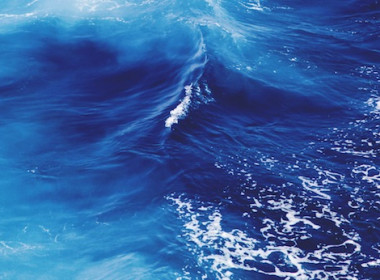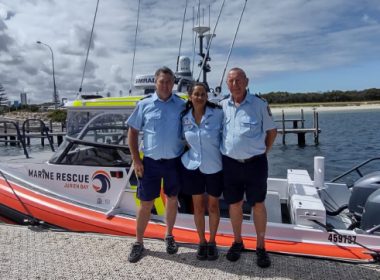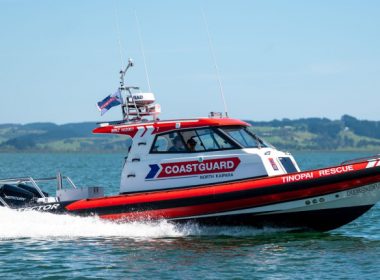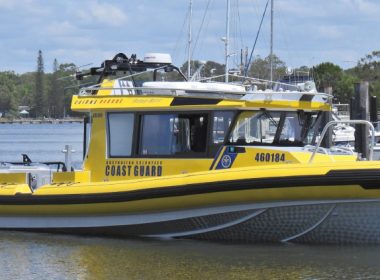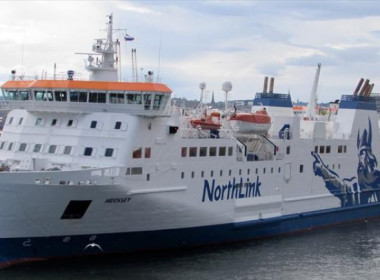VESSEL REVIEW | Shediac Bay – Durable coast guard rescue boat for Canada’s Atlantic waters

The Canadian Coast Guard has formally welcomed a new locally-built search and rescue (SAR) boat into service for operation in the waters of the Atlantic Ocean just off New Brunswick.
CCGS Shediac Bay was acquired by the Canadian government in May 2022 as the twelfth of 20 new SAR boats named after geographical bays across Canada, hence their alternate designation of Bay-class. In the case of the new boat, it is named after a portion of the waters of the Northumberland Strait just off New Brunswick.
The aluminium-hulled SAR boat was built by Hike Metal Products of Ontario to a design by naval architecture firm Robert Allan Ltd. The design is a development of the Severn-class lifeboats operated by the UK’s Royal National Lifeboat Institution (RNLI). Improvements include a larger size, greater range, and specific design elements for dealing with extreme weather conditions encountered year-round in the waters off Newfoundland and Nova Scotia. The boat therefore has self-righting ability and is durable enough to withstand 12-metre seas and Beaufort Force 12 conditions.

Shediac Bay has a length of 19 metres, a beam of 6.3 metres, a draught of 1.7 metres, a gross tonnage of 75, and a crew complement of four. Two MTU 10V2000 M94 diesel engines that each produce 1,200 kW drive fixed-pitch propellers to deliver a maximum speed of 25 knots. Significant noise and vibration reduction measures have been implemented throughout, including resilient mounts for the engines, gearboxes, exhaust silencer systems, ventilation intake air silencers, sound dampening deck treatments, and insulation measures.
At a cruising speed of 15 knots, the boat can sail 250 nautical miles. However, as part of its standard operating profile, it will be limited to 100 nautical miles from shore. The boat is also configured to maintain a maximum 30-minute state-of-readiness, which means it will be ready to respond as soon as an alert is received.
The hull’s central skeg and the aft propeller tunnels develop into flared, knuckled bow sections with double spray chines forward. The vessel is also fitted with an elevated stern deck for towing operations, reduced freeboard amidships for recovering survivors from the water, and generous amounts of sheer and camber forward.
The large well-appointed enclosed bridge amidships provides maximum visibility and protection for the crew. A survivor space is located forward below decks, and the machinery space is aft. A bow thruster is fitted forward for enhanced manoeuvrability.

Seating is provided for an additional two people such as medical personnel, two survivors on stretchers, and up to 12 seated survivors. In support of the vessel’s secondary missions including maintenance of aids to navigation, environmental response, maritime security, and fisheries management, it will occasionally be used to transport up to 16 personnel in addition to the crew.
The electronics suite includes two Furuno radars and a Teledyne FLIR rotating thermal camera. A small aft crane is meanwhile used for the launch and recovery of a small inflatable boat.
Like its Bay-class sisters, Shediac Bay is designed to meet or exceed all requirements of Lloyd’s Register’s Special Service Craft rules.
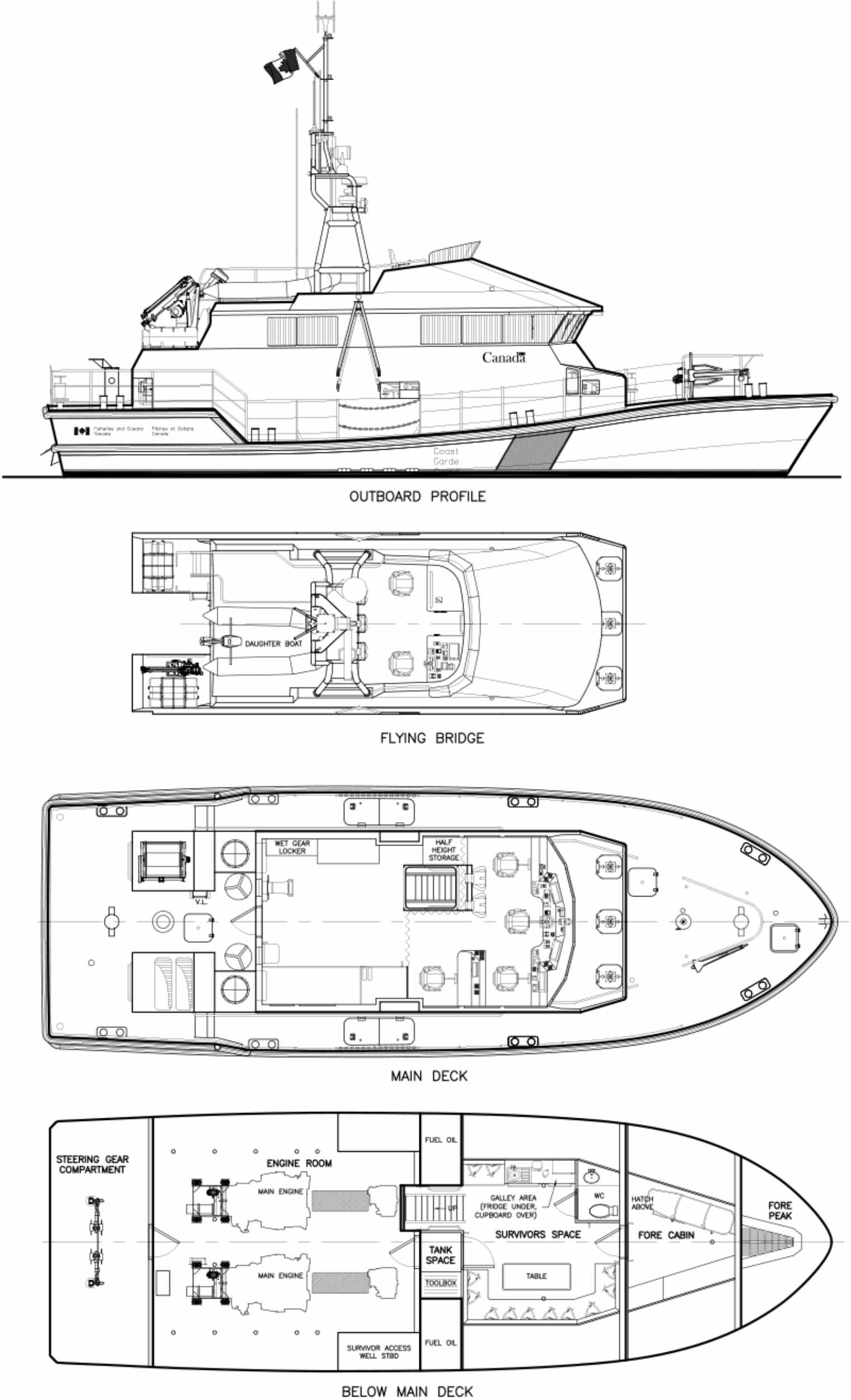
| CCGS Shediac Bay | |
| SPECIFICATIONS | |
| Type of vessel: | Rescue boat |
| Classification: | Lloyd’s Register |
| Flag: | Canada |
| Owner: | Canadian Coast Guard |
| Designer: | Robert Allan Ltd, Canada |
| Builder: | Hike Metal Products, Canada |
| Hull construction material: | Aluminium |
| Length overall: | 19 metres |
| Beam: | 6.3 metres |
| Draught: | 1.7 metres |
| Gross tonnage: | 75 |
| Main engines: | 2 x MTU 10V2000 M94, each 1,200 kW |
| Propulsion: | 2 x fixed-pitch propellers |
| Maximum speed: | 25 knots |
| Cruising speed: | 15 knots |
| Range: | 250 nautical miles |
| Radars: | 2 x Furuno |
| Camera: | Teledyne FLIR |
| Type of fuel: | Diesel |
| Crew: | 4 |
| Passengers: | 16 |
| Operational area: | New Brunswick, Canada |


